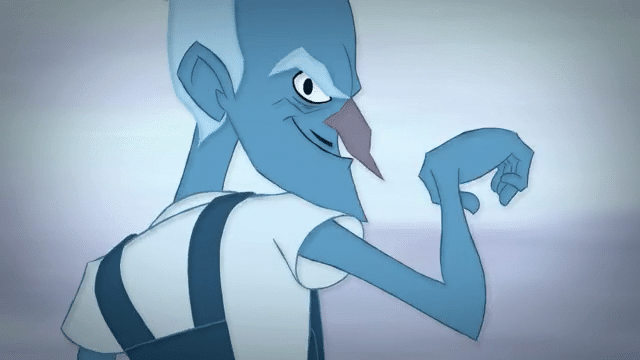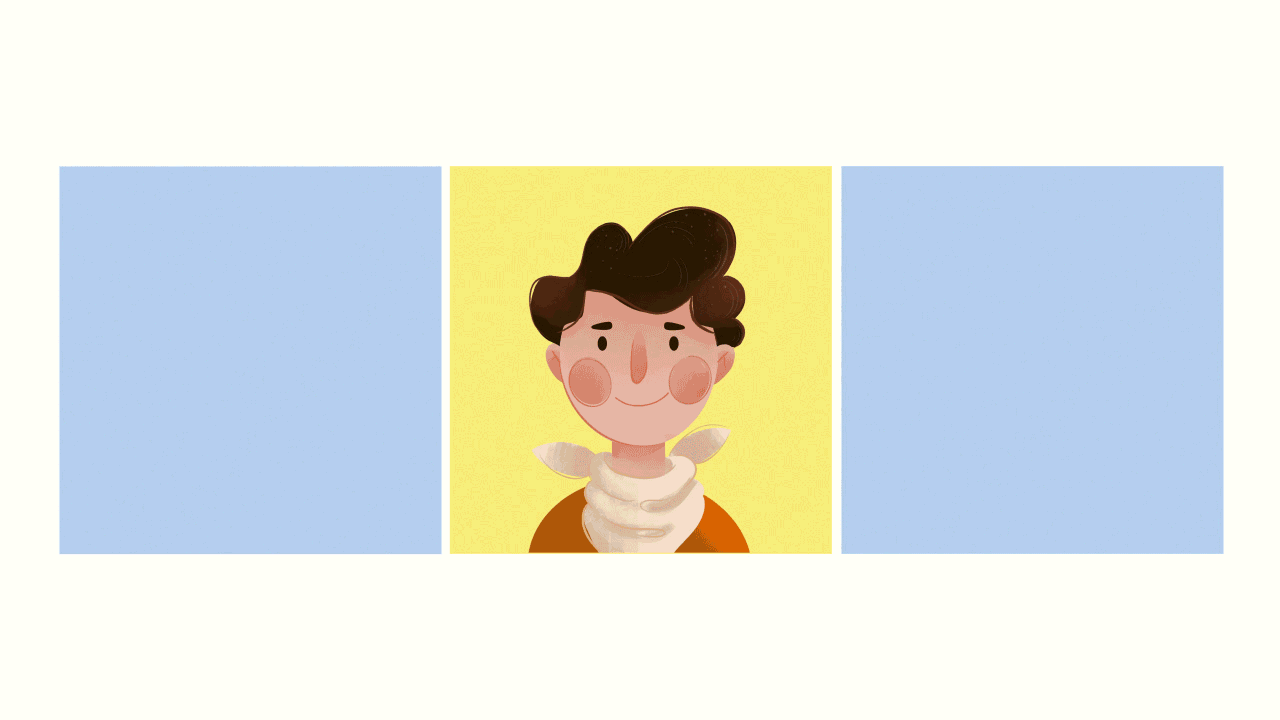We like to take a handcrafted approach to our work.
This means we work on PCs, but the techniques we use have been passed down from the original animators at Disney and Warner Brothers.
If someone is animating in 2d, they’ll have a strong understanding of form and movement. If someone is animating in 3D, they’ll know how to get a performance full of personality out of their character.
We love animation and we always strive to show that in the work we do.
Here’s a simple guide on how to make an animated film in seven steps. We’ve used a few of our favourites, in order to show the range of what these steps cover. Hope you find if useful.
















